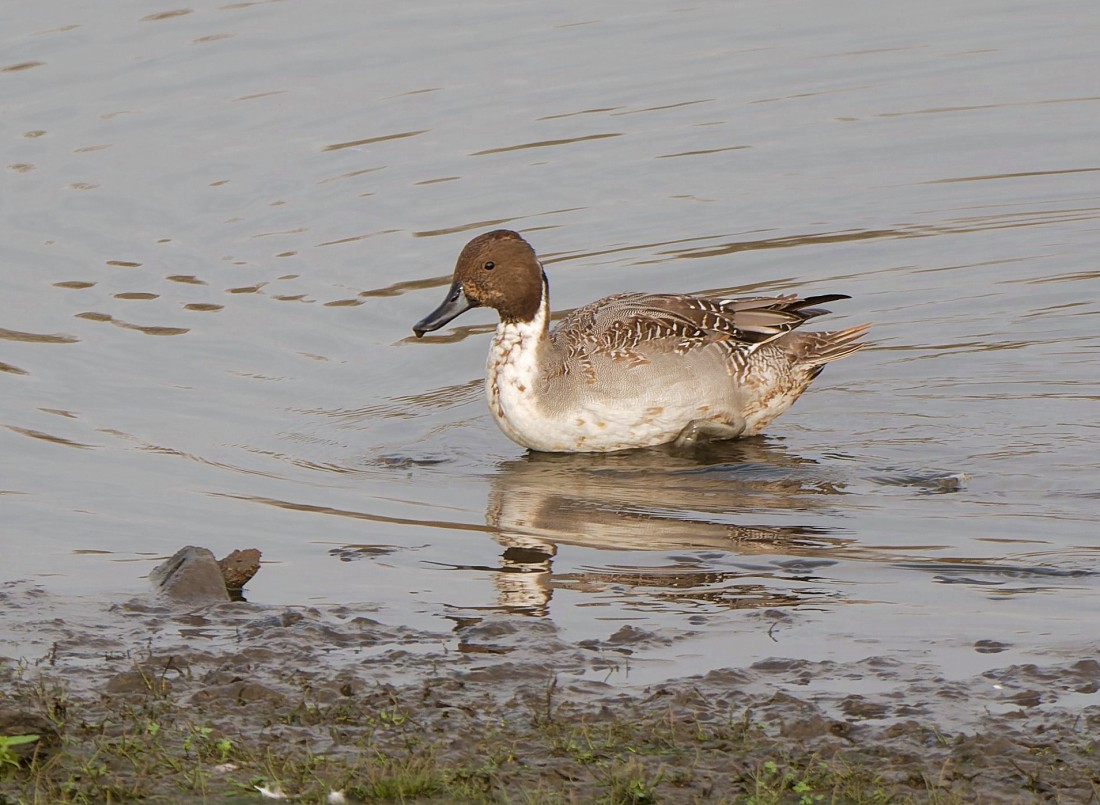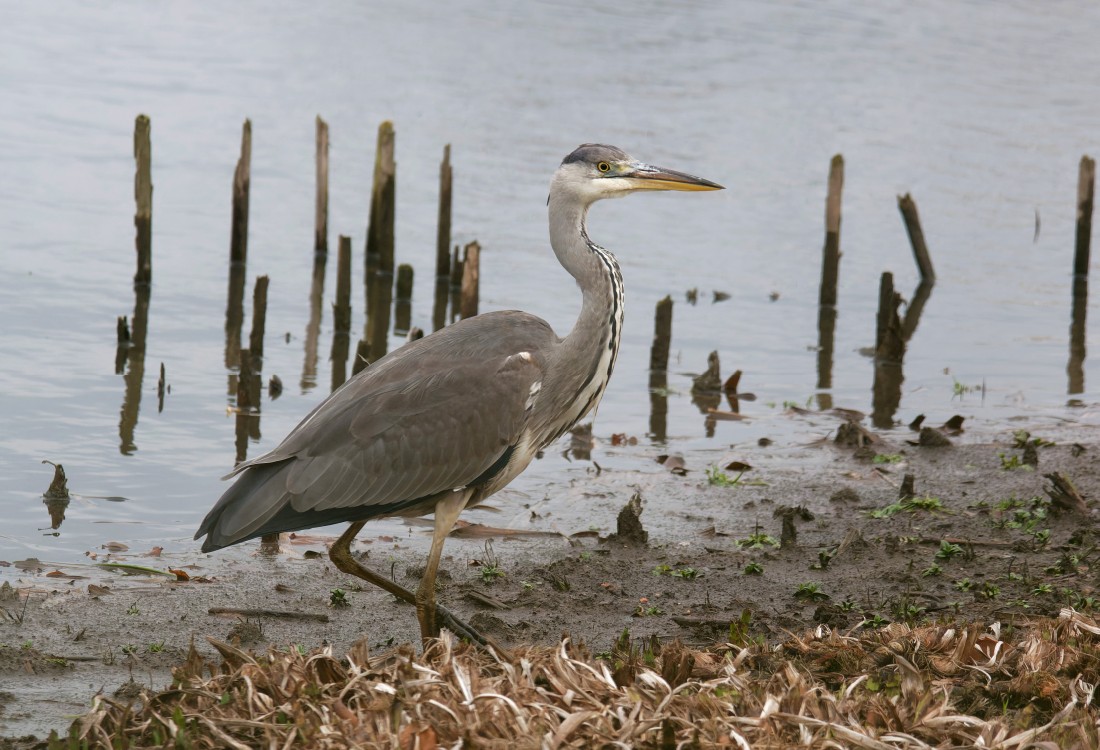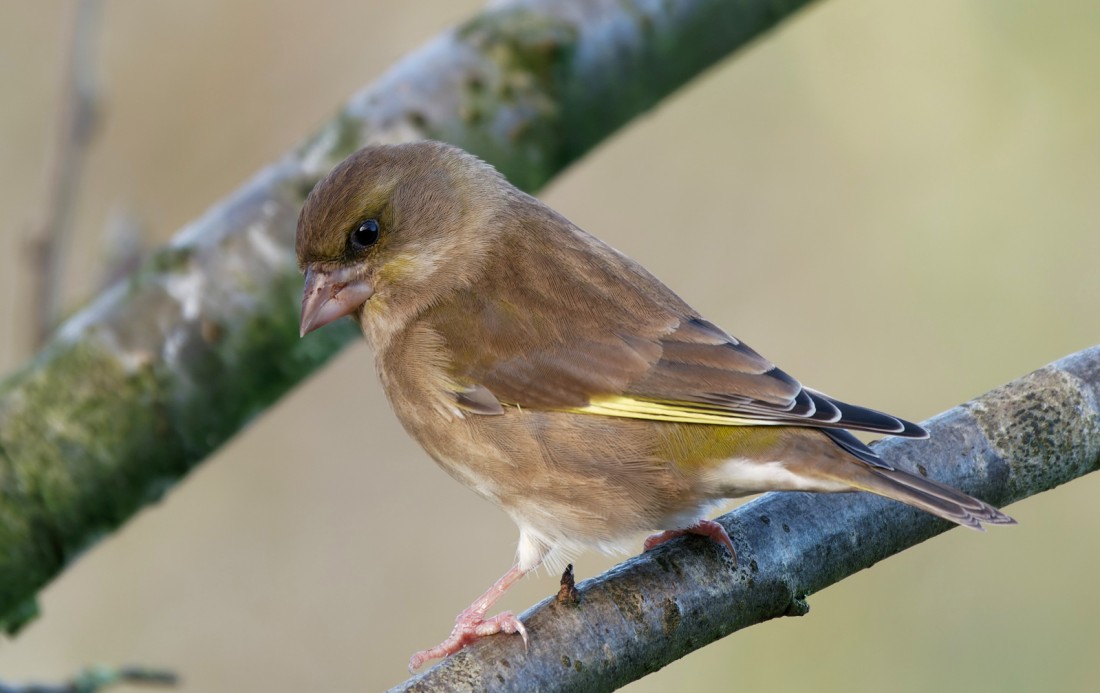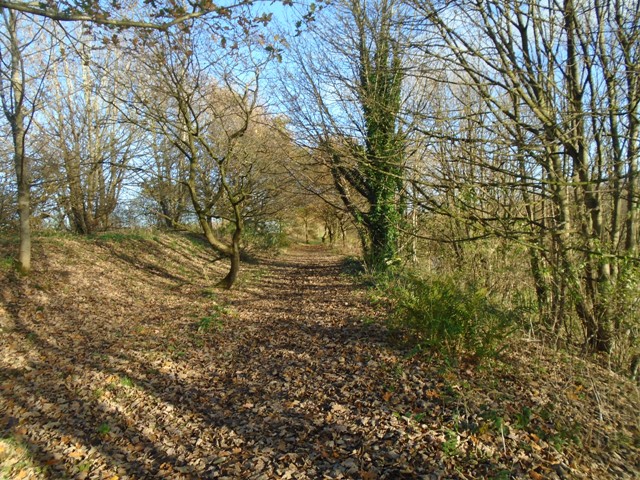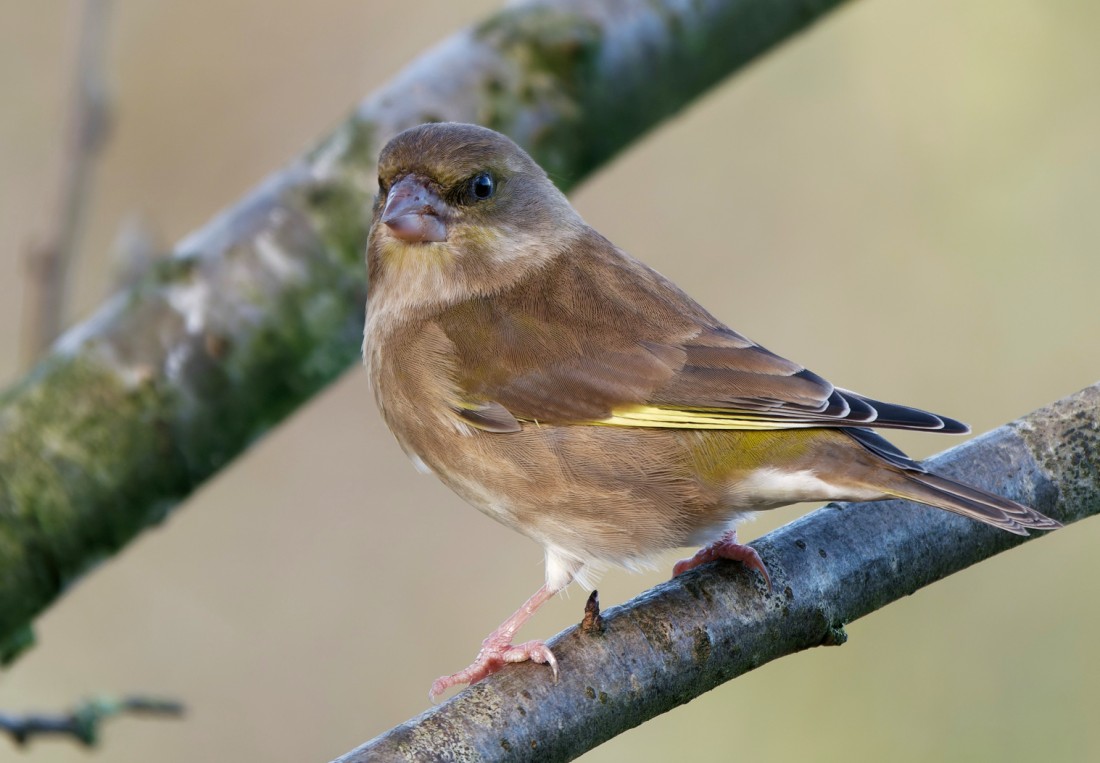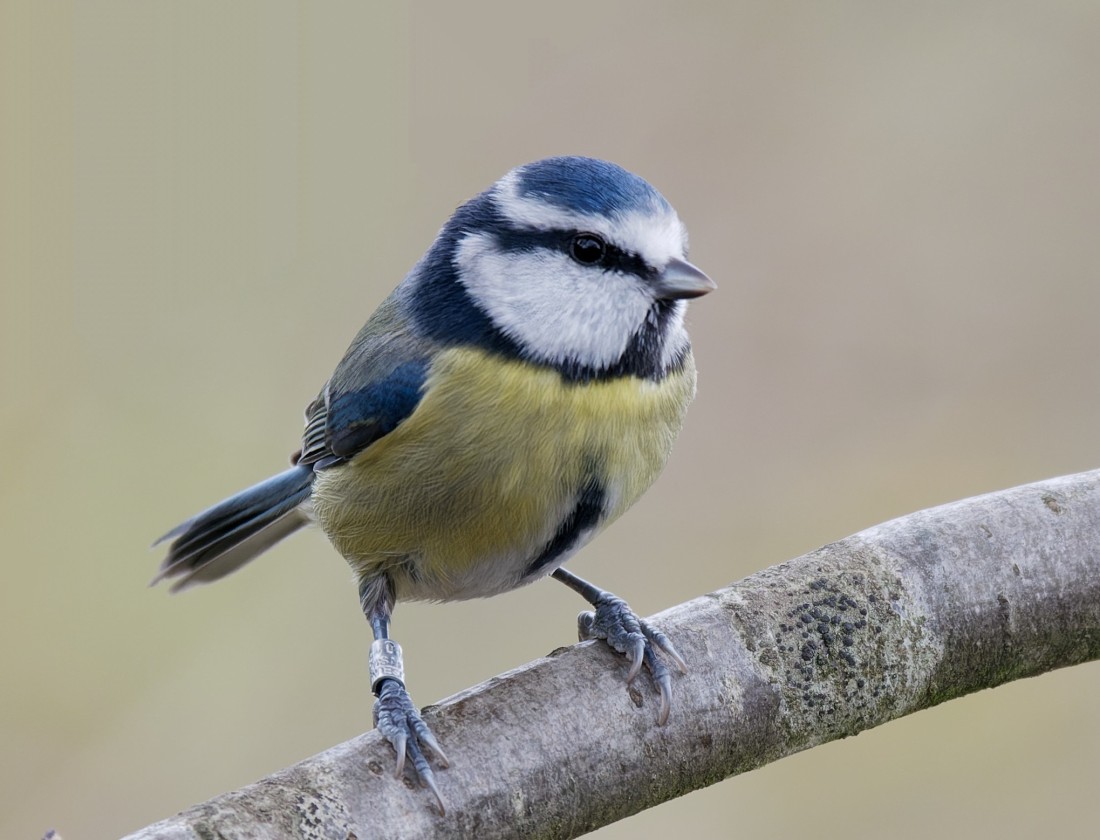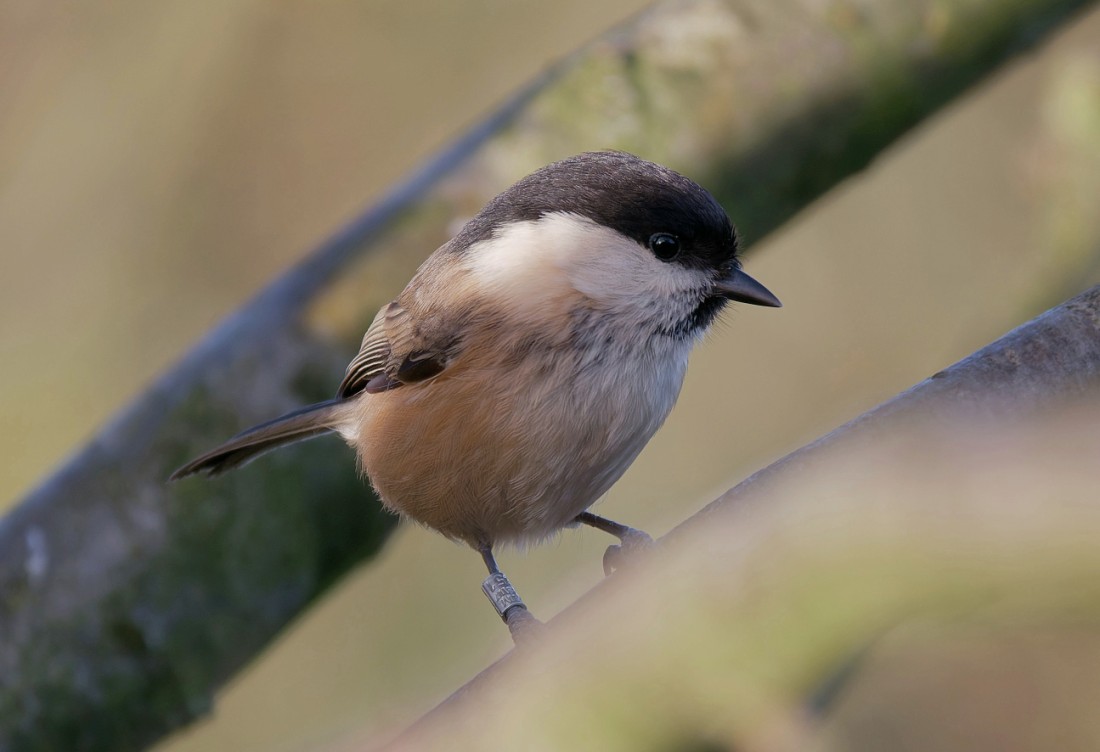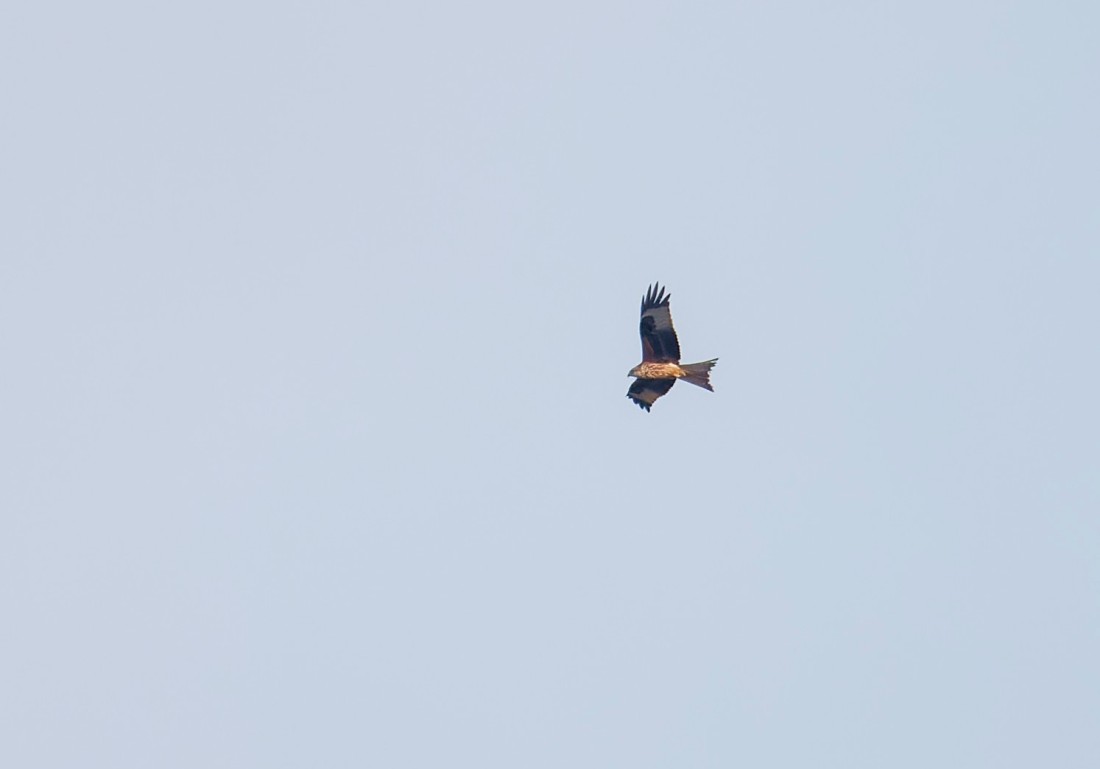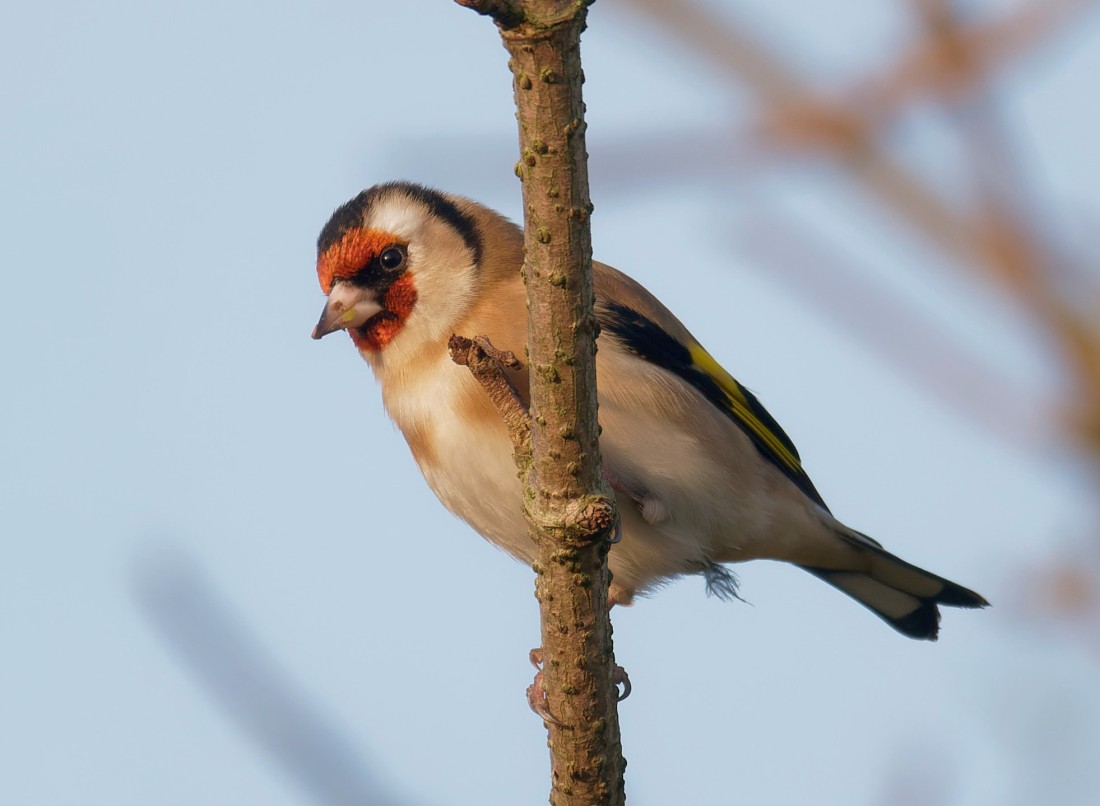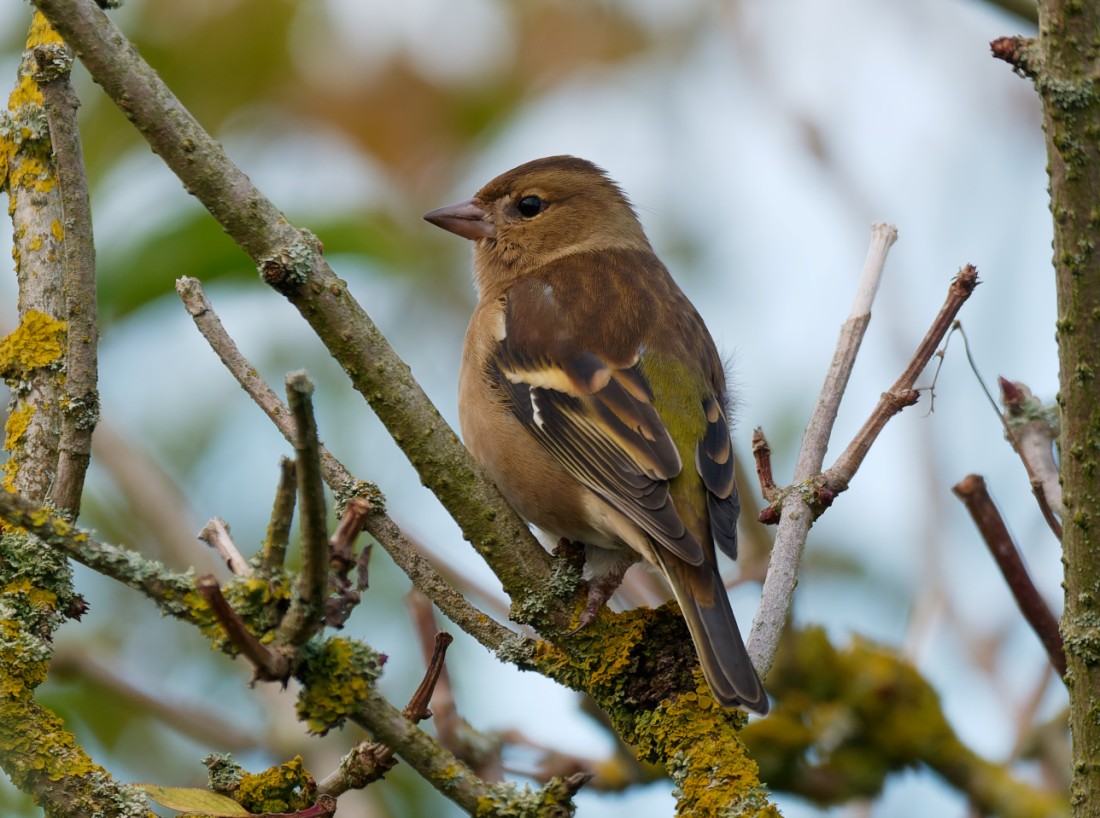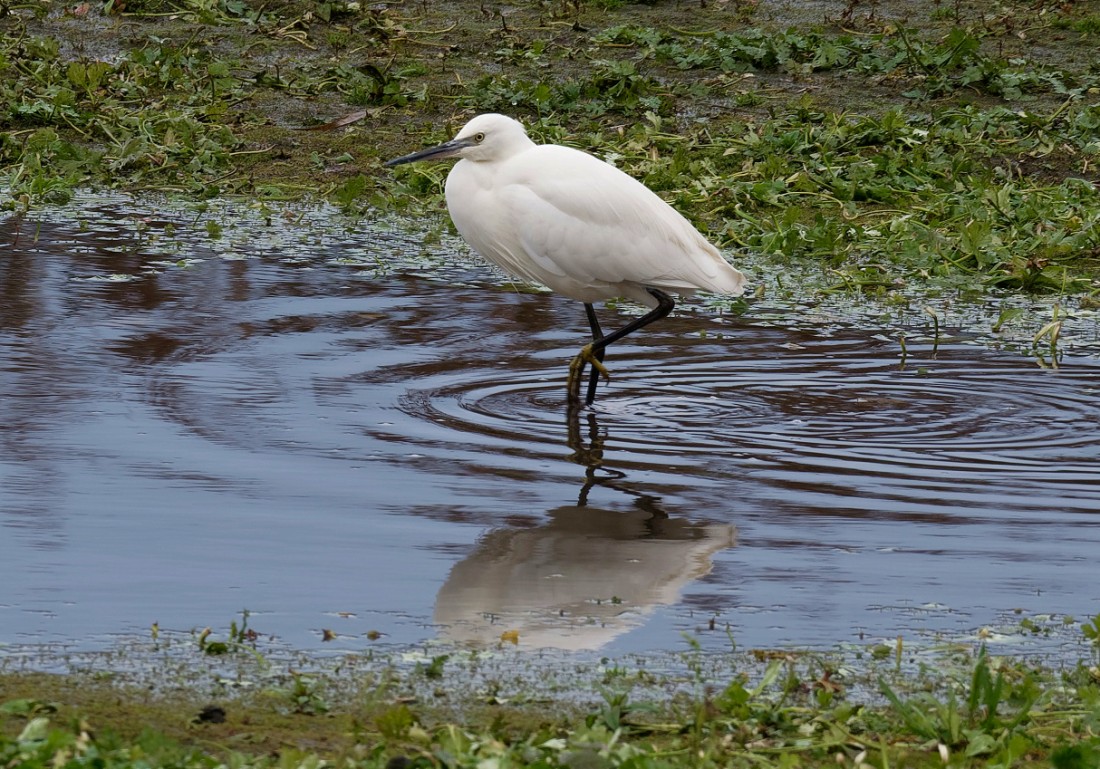Woolston Eyes Monthly Sightings
2020-11-27
This link is to a short video showing some of the birds at Woolston Eyes over the past few days. It includes :a passing skein of Pink-footed Geese, a pair of Wigeon, a Grey Wagtail, Reed Buntings, Teal, a Common Buzzard, a Shelduck, a feeding Goldfinch, a Grey Heron, a smart drake Pintail and a male Brambling.
To watch David’s video CLICK HERE….. or copy the following link into your browserhttps://youtu.be/ni3jWZGIiOo
Cheers David Bowman
Submitted by: David Bowman
2020-11-25
After a wet start it gradually brightened up and the afternoon was bright and sunny. A Snipe was flushed on No.1 bed and at Bollin Point large numbers of geese were again present. These comprised about 400 Canadas and a hundred Greylags. Two male Goldeneye were in the Weir Basin and a Grey Wagtail was under the viaduct. The path to the new wetland has become extremely muddy due to the constructor’s vehicles and the area near the Sandpit Pond was virtually impassable due to very thick mud. About 200 Teal were on the loop together with 23 Gadwall and 6 Shoveler. Other reserve-wide wildfowl totals included 123 Mallard, 41 Mute Swan and 7 Shelduck.
Submitted by: Dave Hackett
2020-11-26
Variety was the watchword for the day, opening on No.3 bed with1 Woodcock, 2 Pintails, 2 Wigeon, 12 Shelducks, 2 Goldeneyes, 1 drake Pochard, a male Brambling, Kingfisher and Water Rail, along with the usual numbers of Teal, Gadwall, Mallard and Shoveler. Then a wander onto No.4 bed, where our contractor is making steady progress and sightings included: 2 Jack Snipe and 10 Common Snipe, along with plenty of wildfowl and finch flocks, the latter including a few Lesser Redpolls. Back on No.3 bed for lunchtime saw the male Brambling again under the Morgan Hide feeders, where 140 Greenfinches and 60 Chaffinches attracted the attention of two Sparrowhawks.
Photo of the drake Pintail
Cheers David Bowman
Submitted by: David Bowman
2020-11-24
From the Morgan Hide this morning 250 Teal were looking jumpy, which was soon explained when a female Marsh Harrier rose out of the reeds and slid off towards No.4 bed in the half-light. Soon afterwards, 3 Dunlin flew west. With a single on Saturday and a reported flock of 30 yesterday, it was reminiscent of times past when, with more suitable feeding habitat for waders, we used to regularly expect a mid/late November passage of Dunlin. Regular scanning of the Chaffinch flock under the feeders then produced male and female Bramblings, along with a single Redwing. Finally, a skein of 40 Pink-footed Geese headed south-east. Photo of a Grey Heron Cheers David Bowman
Submitted by: David Bowman
2020-11-21
On a drizzly day there were still plenty of birds to be seen from the shelter of the Morgan Hide. Perhaps the main feature was the number of wildfowl, with over 1,500 counted. These included: 480 Teal, 400 Pink-footed Geese moving eastward, 70 Mallards which flew over from No.4 bed to drop into No.2, 25 Shoveler, 3 Shelduck, 130 Tufted Duck, 4 Gadwall, 1 Pintail, 3 Shelducks, 130 Greylags and 285 Canada Geese. The mass of feral geese also brought in two that got away. These were a pair which kept separate from the main flock and circled the bed a couple of times, looking to me like Bean Geese though in the poor light and drizzle we weren’t able to see sufficient detail to be sure. It was also a day of nice variety, with singles of Dunlin, Brambling and Kingfisher plus 10 Snipe, 2 Water Rails, 3 Cetti’s Warblers, 100 Fieldfares and 25 Redwings. Photo of a Greenfinch Cheers David Bowman (with David Spencer, Brian Martin and Helen Wynn)
Submitted by: David Bowman
2020-11-19
A lovely sunny autumnal day for my weekly walk round the whole reserve. Although wildfowl numbers were lower than the weekend’s WeBS count there was plenty of interest. About 400 Canada Geese and 150 Greylags were at Bollin Point with a further 200 plus Canadas on No.3 bed. A female Goldeneye was on the river near the weir and a Little Grebe was trilling at the Fish Refuge. The highlight of the day was a Merlin which flew low over No.3 bed. The water level on the new wetland area of No.4 bed is rising following the recent rains and small numbers of Mallard, Shoveler and Teal were present. Photo; South bank of No.3 bed
Submitted by: Dave Hackett
2020-11-19
A dawn start on No.3 bed at Woolston Eyes, with heavy cloud and a nippy northerly breeze, though the morning soon became pleasantly sunny with clear blue skies. It was nice to find 2 Woodcock on the main path early on, with another flushed from cover on the west bank. Woodcocks tend to move south from their northerly breeding grounds in November, particularly on nights with clear skies and a bright “Woodcock Moon”. Pink-footed Geese were on the move, too, with 400 in four skeins heading eastwards to feed on the sugar beet fields of Norfolk. To cap off a good day for our autumn/winter visitors three Bramblings dropped in, along with several small flocks of Redwings and Fieldfare. It was particularly pleasing, though, to welcome Danny Gornall back from his stint as Assistant Warden on Fair Isle. He will be working with Daniel Owen over the coming winter, to enable us to get back on track with all the habitat management which has been in abeyance because of Covid-19. You can already see the difference! Photo of a Greenfinch Cheers David Bowman
Submitted by: David Bowman
2020-11-14
Wildfowl Count 14/11/2020 Little Grebe 16, Great crested Grebe 2, Cormorant 31, Mute Swan 40, Grey Heron 5, Shelduck 4, Grey lag Goose 120, Canada Goose 241, Pink-footed Goose 1, Gadwall 70, Teal 185, Mallard 106 Pintail 3, Shoveler 75, Tufted Duck 233, Goldeneye 1, Water Rail 2, Moorhen 52, Coot 33, Pochard 1, Kingfisher 1, Snipe 20, Jack Snipe 4, Black-headed Gull 172, Common Gull 3, Lesser Black-backed Gull 1
Submitted by: Brian Martin
2020-11-14
Today was the monthly Wetland Birds Survey (WeBS) at Woolston Eyes. This coordinated count takes place across the whole of the UK and provides crucial information on our national wetland bird populations. We cover the whole of the Reserve and totalled around 1,400 “water-birds”, with results still to come in from parts of the Mersey and No.4 bed. These included: 650 Lapwings,1 Goldeneye, 12 Little Grebes, 25 Moorhens, 3 Water Rails, 1 Kingfisher, 3 Grey Herons, 125 Tufted Duck, 3 Pintail, 3 Shelduck, 54 Shoveler, 235 Canada Geese, 120 Greylag Geese, 1 Pink-footed Goose, 120 Teal, 20 Snipe, 2 Jack Snipe, 55 Black-headed Gulls, 1 Common Gull, 14 Coot, 27 Mallard, 14 Gadwall, 4 Mute Swans and 30 Cormorants. In addition it was nice to see a male Brambling among the masses of Greenfinches and Chaffinches visiting the Morgan Hide feeders. Photo of a Blue Tit Cheers David Bowman (with David Spencer and Brian Martin)
Submitted by: David Bowman
2020-11-12
A constructive morning, with a progress meeting about the No.4 bed wetland development sandwiched between two relaxed sessions of birding from the Morgan Hide. Highlights on No.3 bed included: 3 Pintails, 3 Water Rails, Kingfisher, a couple of Willow Tits and 75 Pink-footed Geese which headed north-west. No.4 bed is coming on apace and we hope to have the first half completed by Christmas. We plan to build a couple of “viewing mounds” from which our Permit Holders will be able to get a panoramic view out over the wetland and breeding islands. While walking around the site we also recorded one Jack Snipe and 16 Common Snipe. Photo of a Willow Tit Cheers David Bowman (with David Spencer and Gavin Thomas)
Submitted by: David Bowman
2020-11-10
The morning started with 3 Pintails in front of the Morgan Hide, along with a similar number of Wigeon. Pintails are, perhaps, the most elegant of our regular ducks and used to be more common before global warming reduced the numbers wintering in the UK. Now we’re lucky to see a handful each year. Then an adult male Sparrowhawk almost caught a Grey Wagtail right in front of the hide. The highlight came at mid-morning, though, when a Red Kite drifted over the bed before continuing westward. Red Kites are steadily spreading in the UK, after near-extinction in the 1970s and we now expect to see a few wanderers every year - this was my fourth over the Reserve so far in 2020. The final spectacle came when 20 Common Snipe and 350 Greylag and Canada Geese dropped in, no doubt flushed from the rich feeding on No.4 bed, while 60 Pink-footed Geese passed over on route to their east coast feeding grounds. Record shot of the Red Kite Cheers David Bowman (with David Spencer)
Submitted by: David Bowman
2020-11-08
This link is to a shortish video showing some of the birds seen from the Morgan Hide at Woolston Eyes this week. It includes: a female Great Spotted Woodpecker chasing a male off the feeders, Robin, Chaffinch, Bullfinch, Wren, Song Thrush, Redwing, sparring cock Pheasants, a Raven being mobbed by a Magpie, Tufted Duck, Teal, Wigeon, a Moorhen which has learned to catch, clean and eat large yellow slugs, a Little Grebe with fish, a Pink-footed Goose, Grey Heron, Water Rail, a few of the 5,000+ Pink-footed Geese and 14,000+ Woodpigeons which passed over on 3rd November, one of the Stonechats and a feeding Little Egret.
To watch David’s video CLICK HERE…. or cut and paste the following link into your browser; https://youtu.be/Y4YGuOJjXf4 Cheers David Bowman
Submitted by: David Bowman
2020-11-07
Just after dawn 250 Starlings came out of a roost in the reeds, only for one of them to be snatched by a waiting male Peregrine. A couple of Kingfishers, a Cetti’s Warbler and a Water Rail then showed well in front of the Morgan Hide, while groups of Teal, Shoveler, Gadwall and Canada Geese started to flight in from overnight feeding on the seed-rich No.4 bed wetland. Not much was moving, apart from a hundred or so Redwings, 500 Woodpigeons and a few Fieldfares and Meadow Pipits. As ever at this time of year, seed-eaters are starting to build up, with 100+ Greenfinches, 80 Chaffinches, 20 Goldfinches and 12 Reed Buntings counted. Plenty of Redwings and a few Fieldfares were feeding around the bed, with 40 of the former feeding on one the recently mowed flower meadows. Photo of a Goldfinch Cheers David Bowman
Submitted by: David Bowman
2020-11-05
A dawn start on No.3 bed, before a progress meeting with the contractor for the new No.4 bed wetland. Early on it was cold and cloudy but, for a short while, the skies cleared and 1,200 Woodpigeons flew south, along with a few Meadow Pipits and around 100 Redwings. Perhaps the main interest at the moment is the build up of finch flocks across the Reserve, due to the amount of seed available via the various feeding stations, the seed crop which we plant every year and the mass of naturally occurring seed-bearing plants, particularly on No.4 bed. Around No.3 bed totals included 150 Greenfinches, 80 Chaffinches, 30 Goldfinches, 9 Bullfinches and 11 Linnets. Later on, walking the No.4 bed wetland, looking at the siting of the third of four sluice gates, we flushed 2 Jack Snipe, 5 Common Snipe, 40 Linnets, 50 Chaffinches and 60 Goldfinches. Not surprisingly, small raptors which prey on the finch flocks were in evidence, with a female Merlin and five Sparrowhawks hunting across the two beds. Photo of a Chaffinch Cheers David Bowman
Submitted by: David Bowman
2020-11-03
The weather forecast always looked good for visible migration at Woolston Eyes this morning but I wasn’t expecting such unprecedented numbers. A light southerly wind with clear skies usually has the effect of keeping migrants low to the ground, where the headwinds tend to be lighter, making observation easier. Heavy cloud to the east and west, with a corridor of clear sky directly over the Reserve, meant that the flight path was directly over No.3 bed. Between dawn and 10.30 am, more than 20,000 birds had passed over, including a record count of 14,200 Woodpigeons, plus 5,100 Pink-footed Geese, 8 Whooper Swans, 4 Golden Plovers, 220 Starlings, 100 Fieldfare, 25 Redwings, 160 Chaffinches and 550 Lapwings. When the rain came in at 10.30 am, the passage stopped abruptly but a Little Egret which dropped onto the Morgan Hide scrape and some Redwings foraging under the feeders were also nice to see. Altogether, a remarkable morning! Photo of the Little Egret Cheers David Bowman
Submitted by: David Bowman

